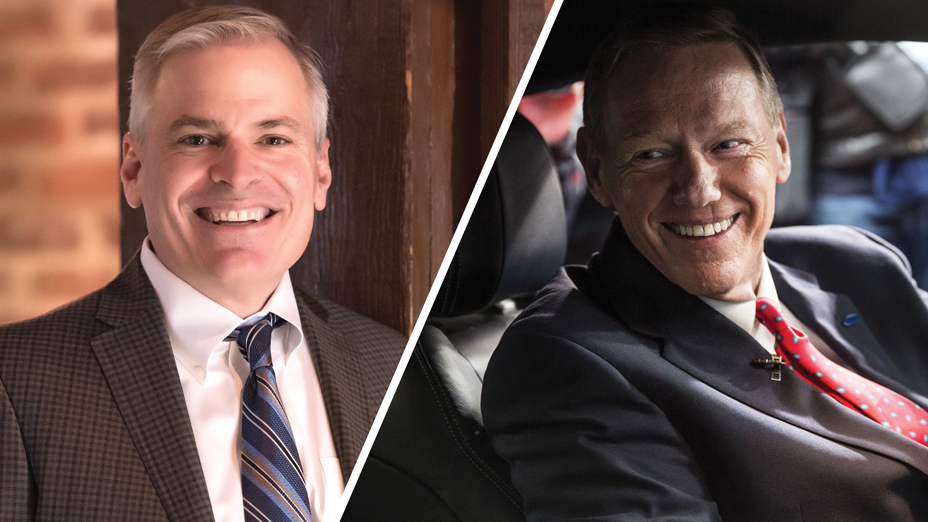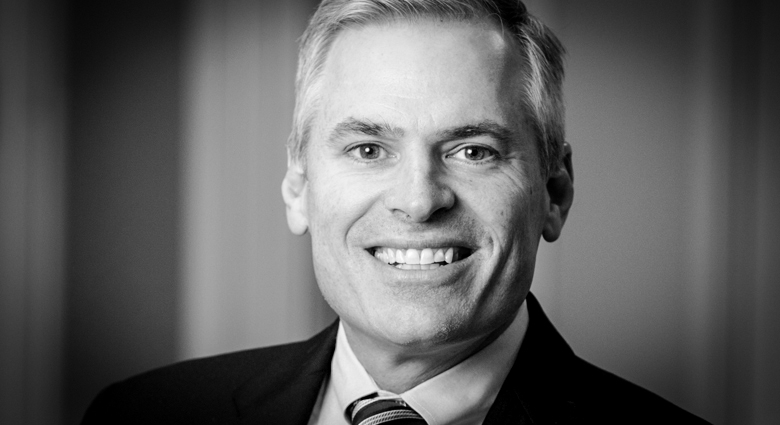What Alan Mulally did as the CEO of the Ford Motor Company from 2008 to 2014 was, perhaps, the single greatest feat in business in the past 50 years. Really.
Leaving Boeing after a 30-year career there, he walked into a massive, bureaucratic, broken company in one of the most troubled industries in the world. And he refused the money that the government offered, and eventually gave it to his competitors. If you haven’t read the book American Icon, I highly recommend it. The story of Ford’s turnaround under Alan is as readable as it is astounding.
But I want to focus here on one particular aspect of Alan’s leadership approach at Ford, something every single leader at any level should emulate. It will surprise you how simple, even juvenile, it seems. And yet, it was absolutely key in what Alan accomplished. Before I get into it, I should provide a bit of context.
As hard as it may be to believe, Alan fired almost no one at Ford during the turnaround. Any reasonable person would assume that he would have gone in and removed dozens of the leaders who were involved in creating the mess that existed before he arrived. Right or wrong, this is extremely common during turnarounds, especially in massive companies with such entrenched cultures like Ford. Add to the fact that Alan hired only one outsider, and you have to wonder how he could have orchestrated such a dramatic recovery.
And that brings us to one of Alan’s true gifts. He knows how to hold people accountable with tough love. That’s right. Love. Let me give you an example, based on one of many conversations I’ve been fortunate to have with Alan over the past few years.
One of the things that Alan did to remake Ford was institute a critical meeting structure that would allow the company’s executives to understand, address and stay on top of the challenges that they faced. Those meetings were long, arduous, and seemingly worst of all, weekly. When a prominent member of Alan’s leadership team didn’t come to one of the meetings, Alan told me that he immediately confronted him and asked “why?”. The guy explained that he was extremely busy and probably wouldn’t be able to dedicate the time required to make every meeting. Alan didn’t waffle and ask the guy to try his best to come. And he didn’t get mad. He simply smiled and said, “That’s okay.” The executive was relieved, and said “really?” Alan said, still smiling, “Yeah. We can still be friends. But you can’t work here. It’s up to you.”
You have to know Alan to realize that he says things like this without bitterness or malice. He is dead serious, but he’s not in the slightest bit mean. And that, right there, is what every leader of a healthy organization needs to learn how to do. Consistently, persistently, lovingly hold people accountable, not just for hitting their numbers or achieving their goals, but first and foremost, for the behaviors that the organization requires.
"Yeah. We can still be friends. But you can't work here. It's up to you." - Alan Mulally
If the meetings example wasn’t basic enough, consider how Alan handled his senior executives using their phones during meetings for texting or checking the news. He would stop and just look at them intently, until they put their phones away. Yes, like a seventh grade teacher. Ford’s executives soon learned to turn off their phones and focus on the discussions at hand. Every CEO should have the courage – yes, courage – to do that.
In my work with executive teams, I often hear them complain about the politics and confusion that lives deep in their organizations, and they want to know how they can get middle management to eradicate it. The thing is, if squashing bad behavior doesn’t start at the top, it won’t happen below. And that means that a CEO, more than any other person, has to be brutally intolerant of any behavior that contradicts what he or she is trying to create to make the organization healthy. Few CEOs, if any, enjoy this part of their jobs. I get that. But it is a leader’s first, and most critical, responsibility.
Most leaders, and analysts, will read about the Ford turnaround and focus on how Alan and the team at Ford sold off many of the company’s peripheral brands, and redesigned this car or that truck to sell better in a specific market. That is interesting stuff, for sure. But if you were to ask Alan about the most critical aspect of turning Ford around, he will tell you it was about creating a new culture and set of behaviors, from the top down. More than any other leader I’ve met, Alan embraced that part of his job. He did it without fear or compromise, but he did it with a smile.




.png)

%20(1).png)
.jpg)

What Did You Think?